When choosing elements we should bear in mind that the further from the camera, the less space on the screen they take (according to perspective). If some elements are important (e.g. a fore sight) we can scale them up a little bit. We should not, however, scale up the distant parts, as it can cause imbalance in proportions of the whole weapon (the form will look bulky).
Similarly to what I have written about designing the silhouette, too subdivided lines parallel to the screen’s edge are problematic. Props created that way are irritating to the viewer’s eyes. For that reason it is necessary to redesign some parts of a weapon to make them look better and more functional in the frame. It is a good idea to restrict the number of divisions or to make more space between them. The intensity of correction made to a given part depends on its distance from the camera and on the angle it is set at.
Reduction of the indentations at the side of Tommy Gun or at its barrel is a good example.
Due to perspective foreshortening and distancing the object from the camera ‒ in some extreme cases it is allowed to change circles into ellipsis. Such a change can be advantageous for the look in FPP projection ‒ a given shape will look round and will be more visible.
![Infinity Ward. Call of Duty 4: Modern Warfare [PC]. Activision, 2007, source: https://i.ytimg.com/vi/9Yx1Xz9KtLo/maxresdefault.jpg](http://piratportfolio.com/fpp_eng/wp-content/uploads/2015/08/5.1.C_III-1024x576.jpg)
![Ben Garnell. Dirty Bomb - Pistols [portfolio online]. 2015, source: https://www.artstation.com/artwork/dirty-bomb-pistols](http://piratportfolio.com/fpp_eng/wp-content/uploads/2015/08/5.1.C_II-1024x776.jpg)
![Ben Garnell. Dirty Bomb - Pistols [portfolio online]. 2015, source: https://www.artstation.com/artwork/dirty-bomb-pistols](http://piratportfolio.com/fpp_eng/wp-content/uploads/2015/08/5.1.C_I-1024x427.jpg)
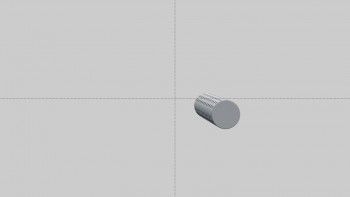
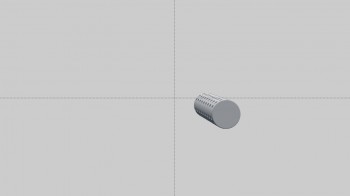


![Ben Bolton. Lowpoly Guns [portfolio online]. 2015, source: https://www.artstation.com/artist/benbolton](http://piratportfolio.com/fpp_eng/wp-content/uploads/2015/08/5.1.A_I-1024x842.jpg)
![Ben Bolton. Lowpoly Guns [portfolio online]. 2015, source: https://www.artstation.com/artist/benbolton](http://piratportfolio.com/fpp_eng/wp-content/uploads/2015/08/5.1.A_II-1024x813.jpg)

![<b>Heckler & Koch HK69A1 - 40x46mm</b> [online]. <i>source: http://www.imfdb.org/wiki/Heckler_%26_Koch_HK69A1_grenade_launcher</i>](http://piratportfolio.com/fpp_eng/wp-content/uploads/2015/08/piramida1-987x1024.jpg)
![Reno Levi. <b>Call of Duty - Ghosts</b> [portfolio online]. 2013, <i>source: https://www.artstation.com/artwork/2qaA</i>](http://piratportfolio.com/fpp_eng/wp-content/uploads/2015/08/5.1.B_IIII-1024x591.jpg)
![Valve Corporation. <b>Portal 2</b> [PC]. Valve Corporation, 2011, <i>source: http://www.playstationlifestyle.net/2011/01/21/hop-into-a-new-world-with-portal-2-screenshots/portal-gameplay-03/</i>](http://piratportfolio.com/fpp_eng/wp-content/uploads/2015/08/5.1.C_IV-1024x576.jpg)
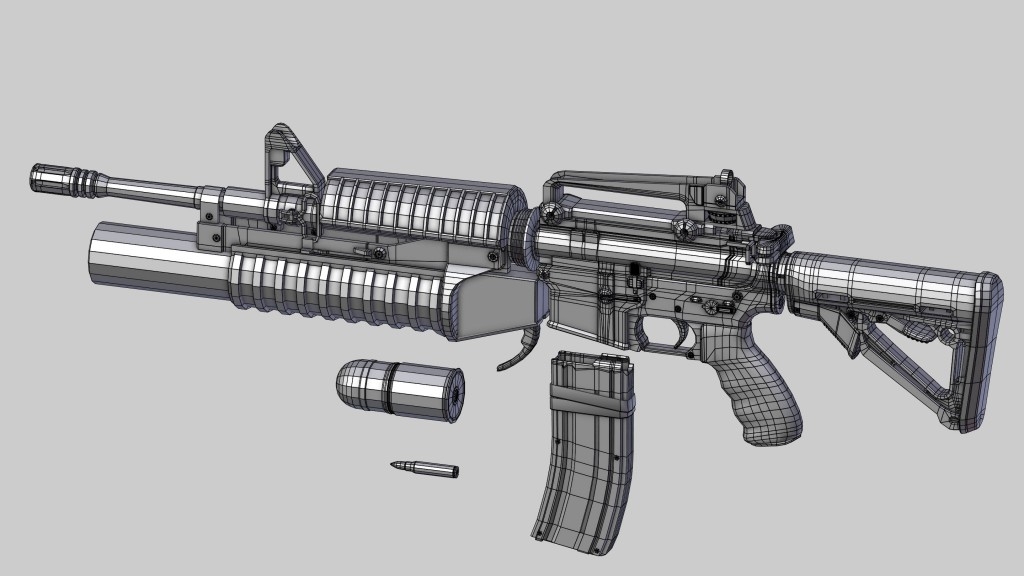
![Infinity Ward. <b>Call of Duty: Modern Warfare 2</b> [PC]. Activision, 2009, <i>source: http://mw2.gamebanana.com/</i>](http://piratportfolio.com/fpp_eng/wp-content/uploads/2015/08/4.5.A_I-1024x576.jpg)
![Lukerichard. <b>Cybergun Cyma Thompson</b> [online]. <i>source: http://s294.photobucket.com/user/lukerichard/media/P1010136.jpg.html</i>](http://piratportfolio.com/fpp_eng/wp-content/uploads/2015/08/4.3.A_III-1024x768.jpg)
![CI Games. Enemy Front [PC]. CI Games, 2014, źródło: http://www.imfdb.org/wiki/Enemy_Front](http://piratportfolio.com/fpp_eng/wp-content/uploads/2015/08/4.3.A_II-350x280.jpg)
![Pterodon Illusion Softworks. Vietcong 2 [PC]. 2k Games, 2005, źródło: http://www.imfdb.org/wiki/Vietcong_2](http://piratportfolio.com/fpp_eng/wp-content/uploads/2015/08/4.3.A_IV-350x280.jpg)
![Irrational Games. BioShock [PC]. 2K Games, 2007](http://piratportfolio.com/fpp_eng/wp-content/uploads/2015/08/4.3.A_V-350x197.jpg)
![EA Los Angeles. Medal of Honor: Airborne [PC]. Electronic Arts, 2007, źródło: http://www.gamespot.com/reviews/medal-of-honor-airborne-review/1900-6178113/](http://piratportfolio.com/fpp_eng/wp-content/uploads/2015/08/4.3.A_VI-350x210.jpg)
![TM 5.1 Hi-Capa [online]. source: http://uk.redwolfairsoft.com/redwolf/airsoft/ReviewDetail?reviewID=197](http://piratportfolio.com/fpp_eng/wp-content/uploads/2015/08/4.3.A_VII-350x232.jpg)
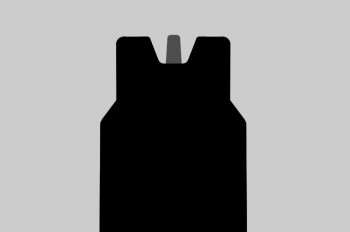
![German Rifle Mauser G.33/40 POV [online]. źródło: http://candrsenal.com/gallery/](http://piratportfolio.com/fpp_eng/wp-content/uploads/2015/08/4.3.A_VIII-350x221.jpg)
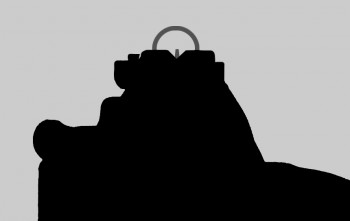
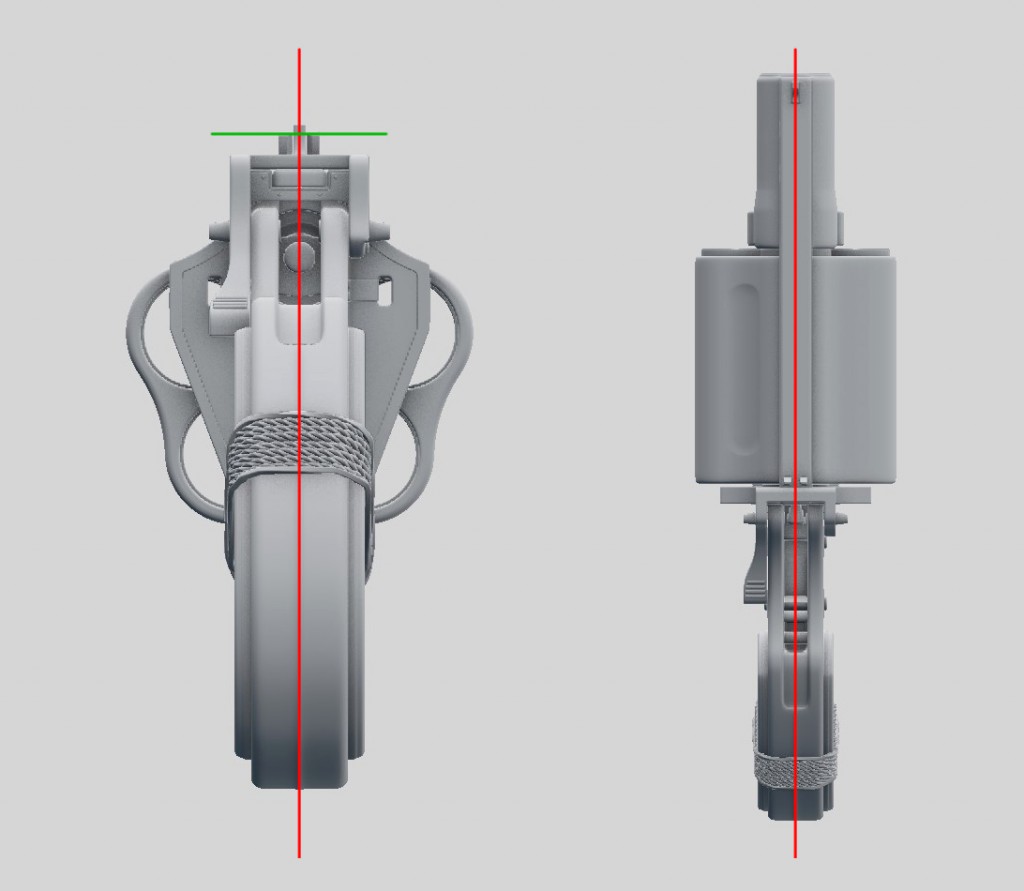
![<b>M1-D Garand Sniper Rifle</b> [online]. <i>source: http://www.militariaauctionsetc.com/firearms_m1-d_garand_cw_smith_carbine#Next</i>](http://piratportfolio.com/fpp_eng/wp-content/uploads/2015/08/163_6396.23183338_large1-1024x602.jpg)
![Gearbox Software. <b>Borderlands 2</b> [PC]. 2K Games, 2012](http://piratportfolio.com/fpp_eng/wp-content/uploads/2015/08/4.2.A_II1-1024x576.jpg)
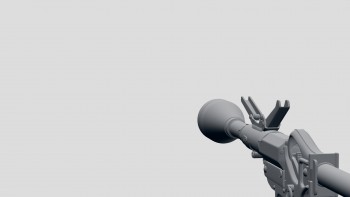
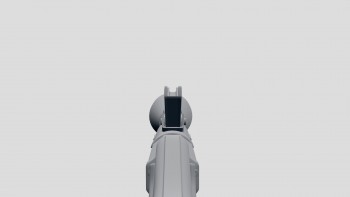
![Reto-Moto. <b>Heroes & Generals</b> [PC]. Reto-Moto, 2014, <i>source: http://imgur.com/5tCPYaA</i>](http://piratportfolio.com/fpp_eng/wp-content/uploads/2015/08/4.2.B_II1-1024x576.jpg)
![Treyarch. <b>Call of Duty: Black Ops II</b> [PC]. Activision, 2012, <i>source: http://lparchive.org/Call-of-Duty-Black-Ops-II/Update%2007/</i>](http://piratportfolio.com/fpp_eng/wp-content/uploads/2015/08/4.2.B_I-1024x576.jpg)
![Ubisoft Montreal. <b>Far Cry 3</b> [PC]. Ubisoft, 2012, <i>source: http://www.imfdb.org/wiki/Far_Cry_3</i>](http://piratportfolio.com/fpp_eng/wp-content/uploads/2015/08/4.2.B_III-1024x576.jpg)
![<b>M1A Socom 039</b> [online]. <i>source: http://www.kaneohegs.com/</i>](http://piratportfolio.com/fpp_eng/wp-content/uploads/2015/08/4.1.B_IV.jpg)
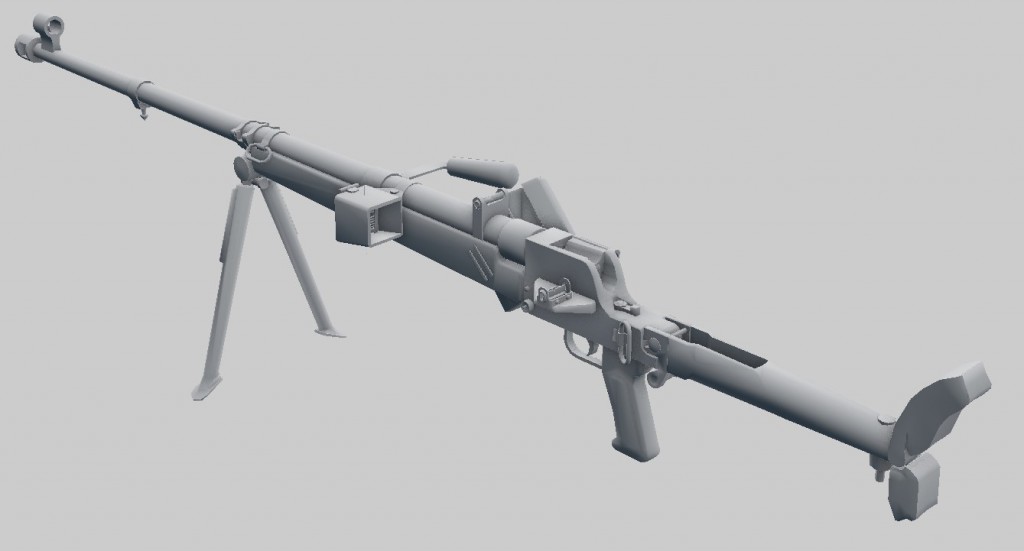
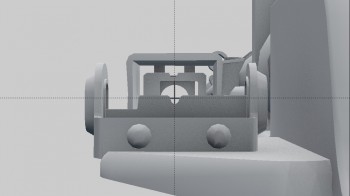
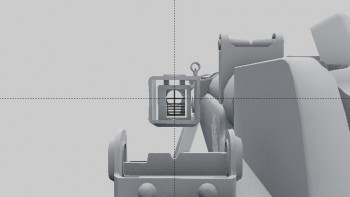
![id Software. Rage [PC]. Bethesda Softworks, 2011](http://piratportfolio.com/fpp_eng/wp-content/uploads/2015/08/4.0_I-350x197.jpg)
![id Software. Rage [PC]. Bethesda Softworks, 2011](http://piratportfolio.com/fpp_eng/wp-content/uploads/2015/08/4.0_II-350x197.jpg)